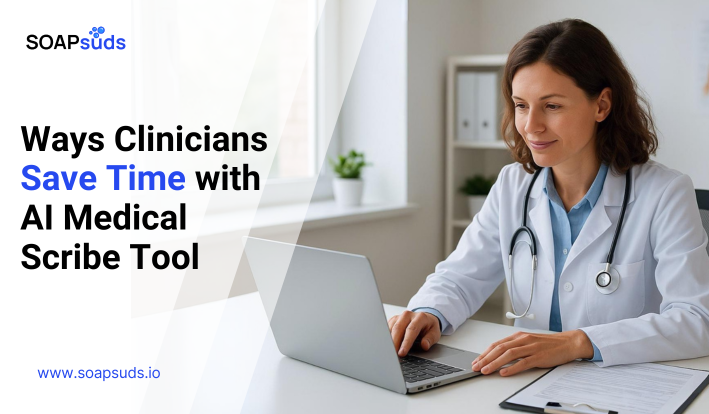Optimizing Medical Documentation with AI
SOAPsuds team
Published: 2/11/2025
SOAPsuds team
Published: 2/11/2025

Just two months ago, we launched SOAPsuds, an AI tool designed to generate clinical notes...

AI medical scribes have shown clear advantages for doctors, patients, and healthcare providers

AI medical scribes are quickly changing how healthcare providers manage documentation, simplify daily tasks...

Paperwork burnout in therapy happens when therapists become mentally and physically drained from constant...

The End-of-Life Care Plan (EOLCP) Template is designed to help palliative care providers

Think of visiting a doctor and finding out that the computer used to help figure..
Clinical Notes
SOAP notes
DAP notes
AI medical notes